As the most popular professional networking site in the world, LinkedIn is also one of the most powerful tools for B2B sales prospecting. In 2024, the platform was estimated to have around 770 million users—providing more than a decent base of prospects.
The popularity of LinkedIn also poses a challenge for sales teams to stand out. Company decision-makers receive countless generic pitches each day, and a more personalized approach is the only way to achieve meaningful results.
In this guide, you’ll learn how to reach out to someone on LinkedIn successfully. We’ve consulted our community sales and marketing professionals, who have shared insights from effective outbound campaigns and helped us provide actionable tips on LinkedIn outreach.
You’ll also discover a tool these professionals use to scale their outreach without resorting to generic, easily ignored messaging and unverified data. 🛠️
How To Prepare for Reaching Out on LinkedIn
To efficiently connect with a prospect on LinkedIn, it is important to make the necessary preparations that will increase your chances of conversion. These include the following steps, which we’ll explain in detail:
- Optimizing your LinkedIn profile
- Establishing a connection
- Crafting a personalized message
- Using the right outreach tools

Optimizing Your LinkedIn Profile
With cold calling, you only have a few seconds to make a great first impression. Cold outreach on LinkedIn is no different, but your impression doesn’t only depend on your opening message.
After receiving a message from you, the first thing a person will probably do is check out your LinkedIn account. That’s why you need to optimize your profile for the desired outcome—a sense of believability, professionalism, and authority.
To achieve this, your profile should include:
- Professional photo
- Well-written headline
- Personable summary
The first thing anyone will see on your page is the profile photo. Hire a photographer to take a well-lit, clear headshot that will show your professionalism. You don’t want to seem unapproachable, though, so choose a photo with a warm smile. Make sure your attire fits your industry—a suit is the right choice in most cases.

After this, you need to optimize your headline. While short, it should still contain more than your job title. Write a single sentence that describes your job while also signaling value to your prospects.
Once you’ve completed your headline, write a compelling profile summary. Instead of listing your previous jobs, think of a unique value proposition. If you have quantifiable results to showcase (Increased sales at X by Y%), include them here to make your profile more credible.
Many guides will tell you to include keywords related to your prospects throughout your profile. While this is a good idea up to a point, don’t resort to keyword stuffing. Spammy, unnatural profiles are the quickest way to turn away a prospect.
💡 Bonus read: Learn how to find prospects’ contact info on the platform with our series of LinkedIn guides on:
Establishing a Connection
The biggest obstacle to cold outreach is that your prospect is unfamiliar with you. To establish credibility and capture their attention, you should try to establish a connection before sending your first outreach message. There are several ways to do this, including:
- Asking for a referral
- Interacting with the prospect on social media
To warm up a cold prospect, see if you have a mutual LinkedIn connection that might be willing to introduce you. Finding mutual connections is easy on LinkedIn because the platform automatically displays them on any user profiles you visit. Naturally, your chances are higher if you and the referrer already have a working relationship. 👋
You can also establish a rapport with the prospect before messaging them directly by liking their LinkedIn posts or writing supportive comments. Even such small gestures can make you seem more familiar to the prospect and increase the chances of them responding to your outreach message.

Crafting a Personalized Message
Regardless of whether you choose to approach your prospect via email or a DM on LinkedIn, crafting an engaging outreach message can be challenging. It needs to stand out from the generic, spammy messages that clutter the prospect’s inbox daily, especially if they’re a key stakeholder in their company.
To ensure your outreach elicits a response from prospects, follow these steps:
- Research the prospect
- Make the subject line interesting
- Write a catchy hook
- Establish credibility
- Include a clear CTA
💡 Bonus read: Want to learn more about professional LinkedIn outreach? Check out our guide on how to cold message on LinkedIn.
Research the Prospect
Before writing your message, it’s essential to research all prospects thoroughly. You should know their interests, education, goals, company position, and pain points—the information will help you customize the message for each prospect and avoid generic messages that could apply to anyone. If the prospect thinks you haven’t done your homework, your chances of conversion will plummet.
Make the Subject Line Interesting
After this, you should work on your subject line—an essential part of each message that determines whether the prospect will open it or not. With that in mind, the subject line needs to be compelling, catchy, and short. Avoid misleading and generic phrases that could trigger spam filters and fail to intrigue your prospect.
The table below contains some effective and non-ideal examples of subject lines:
Writing a Catchy Hook
While the subject line entices a prospect to open your message, its first sentence is equally important—it’s the hook that captivates them to read further.
The contents of the hook may depend on your subject line. If the latter includes references to a shared connection, pain point, or recent event, use the hook to elaborate and demonstrate value to the prospect, build rapport, and give them a reason to continue the conversation.
Establish Credibility
In the main part of your message, you’ll need to show the prospect how you can address their pain points and help them achieve their goals. To come across as a credible professional, provide hard proof of your expertise, such as:
- Testimonials from previous customers
- Industry awards
- Relevant statistics
Don’t exaggerate or mislead prospects here, and avoid unrealistic hype. Most decision-makers will be swayed by facts and figures. 📊
Include a Clear CTA
Your message should end with a CTA that directly asks the prospect to do something, such as:
- Replying to your DM
- Signing up for a service
- Downloading a free resource
- Scheduling a meeting
- Visiting your website
Never ask prospects for something complex, like a string of actions—they’re far more likely to respond if you’re only asking them to do one simple thing. Make sure that your CTA is clear, specific, and easily understandable.

Using the Right Outreach Tools
In theory, LinkedIn outreach isn’t difficult—as long as you learn everything about each prospect and craft a personalized message. However, the process can take a lot of time and effort. When sales reps research and message prospects manually, scaling your outreach marketing becomes increasingly difficult.
A manual approach is fine when you’re dealing with a dozen prospects, but real growth requires contacting hundreds or even thousands of potential customers. To automate your outbound campaigns and convert at scale, you’ll need a tools such as a Message generator, which writes outreach messages automatically
There are plenty of options when it comes to outreach software, but many of them provide inaccurate contact information from limited databases and use outdated AI models to generate messages.
Clay—Cost-Effective Outreach at Scale
Clay is a sales intelligence platform with built-in AI automation and data enrichment from 75 other sources, such as:
You don’t have to create separate accounts for each service and sign up for their costly subscriptions. Through waterfall enrichment, Clay automatically searches all these databases one by one, and you only pay for the information you find.
Thanks to this method, data accuracy isn’t a concern with Clay—you can always cross-reference information from multiple sources to ensure it’s not outdated.
Once you have all the necessary information about your prospects, Claygent—Clay’s AI assistant—can generate personalized messages for each potential customer.
Your team won’t have to spend countless hours crafting the messages manually—Claygent can achieve the same results in a matter of minutes and 10x your outbound sales pipeline. The AI email builder is based on OpenAI’s GPT—one of the most powerful AI models on the planet.
Want to see Clay’s AI in action? Check out this video to learn how experts use Claygent to personalize cold emails:
Supercharge Your Outreach With Clay Today
Getting started with Clay only takes a few minutes and three simple steps:
- Go to the signup page 👈
- Choose your account credentials
- Start automating your prospect outreach with Clay’s AI
Integrating Clay into your sales stack is simple because the platform is compatible with 100+ other tools.

To find out more ways of streamlining your outreach and cutting your prospecting budget with Clay, you can:
- Visit the platform’s Learn hub with video tutorials ▶️
- Share experiences with Clay’s Slack community 👥
- Sign up for the Clay newsletter ✉️
Unlike most other sales intelligence tools, Clay offers a free account that contains all the platform’s essential options.
If you need more monthly Clay credits and advanced options, you can choose from one of the following paid subscriptions:
Each subscription comes with a 14-day free trial.
As the most popular professional networking site in the world, LinkedIn is also one of the most powerful tools for B2B sales prospecting. In 2024, the platform was estimated to have around 770 million users—providing more than a decent base of prospects.
The popularity of LinkedIn also poses a challenge for sales teams to stand out. Company decision-makers receive countless generic pitches each day, and a more personalized approach is the only way to achieve meaningful results.
In this guide, you’ll learn how to reach out to someone on LinkedIn successfully. We’ve consulted our community sales and marketing professionals, who have shared insights from effective outbound campaigns and helped us provide actionable tips on LinkedIn outreach.
You’ll also discover a tool these professionals use to scale their outreach without resorting to generic, easily ignored messaging and unverified data. 🛠️
How To Prepare for Reaching Out on LinkedIn
To efficiently connect with a prospect on LinkedIn, it is important to make the necessary preparations that will increase your chances of conversion. These include the following steps, which we’ll explain in detail:
- Optimizing your LinkedIn profile
- Establishing a connection
- Crafting a personalized message
- Using the right outreach tools

Optimizing Your LinkedIn Profile
With cold calling, you only have a few seconds to make a great first impression. Cold outreach on LinkedIn is no different, but your impression doesn’t only depend on your opening message.
After receiving a message from you, the first thing a person will probably do is check out your LinkedIn account. That’s why you need to optimize your profile for the desired outcome—a sense of believability, professionalism, and authority.
To achieve this, your profile should include:
- Professional photo
- Well-written headline
- Personable summary
The first thing anyone will see on your page is the profile photo. Hire a photographer to take a well-lit, clear headshot that will show your professionalism. You don’t want to seem unapproachable, though, so choose a photo with a warm smile. Make sure your attire fits your industry—a suit is the right choice in most cases.

After this, you need to optimize your headline. While short, it should still contain more than your job title. Write a single sentence that describes your job while also signaling value to your prospects.
Once you’ve completed your headline, write a compelling profile summary. Instead of listing your previous jobs, think of a unique value proposition. If you have quantifiable results to showcase (Increased sales at X by Y%), include them here to make your profile more credible.
Many guides will tell you to include keywords related to your prospects throughout your profile. While this is a good idea up to a point, don’t resort to keyword stuffing. Spammy, unnatural profiles are the quickest way to turn away a prospect.
💡 Bonus read: Learn how to find prospects’ contact info on the platform with our series of LinkedIn guides on:
Establishing a Connection
The biggest obstacle to cold outreach is that your prospect is unfamiliar with you. To establish credibility and capture their attention, you should try to establish a connection before sending your first outreach message. There are several ways to do this, including:
- Asking for a referral
- Interacting with the prospect on social media
To warm up a cold prospect, see if you have a mutual LinkedIn connection that might be willing to introduce you. Finding mutual connections is easy on LinkedIn because the platform automatically displays them on any user profiles you visit. Naturally, your chances are higher if you and the referrer already have a working relationship. 👋
You can also establish a rapport with the prospect before messaging them directly by liking their LinkedIn posts or writing supportive comments. Even such small gestures can make you seem more familiar to the prospect and increase the chances of them responding to your outreach message.

Crafting a Personalized Message
Regardless of whether you choose to approach your prospect via email or a DM on LinkedIn, crafting an engaging outreach message can be challenging. It needs to stand out from the generic, spammy messages that clutter the prospect’s inbox daily, especially if they’re a key stakeholder in their company.
To ensure your outreach elicits a response from prospects, follow these steps:
- Research the prospect
- Make the subject line interesting
- Write a catchy hook
- Establish credibility
- Include a clear CTA
💡 Bonus read: Want to learn more about professional LinkedIn outreach? Check out our guide on how to cold message on LinkedIn.
Research the Prospect
Before writing your message, it’s essential to research all prospects thoroughly. You should know their interests, education, goals, company position, and pain points—the information will help you customize the message for each prospect and avoid generic messages that could apply to anyone. If the prospect thinks you haven’t done your homework, your chances of conversion will plummet.
Make the Subject Line Interesting
After this, you should work on your subject line—an essential part of each message that determines whether the prospect will open it or not. With that in mind, the subject line needs to be compelling, catchy, and short. Avoid misleading and generic phrases that could trigger spam filters and fail to intrigue your prospect.
The table below contains some effective and non-ideal examples of subject lines:
Writing a Catchy Hook
While the subject line entices a prospect to open your message, its first sentence is equally important—it’s the hook that captivates them to read further.
The contents of the hook may depend on your subject line. If the latter includes references to a shared connection, pain point, or recent event, use the hook to elaborate and demonstrate value to the prospect, build rapport, and give them a reason to continue the conversation.
Establish Credibility
In the main part of your message, you’ll need to show the prospect how you can address their pain points and help them achieve their goals. To come across as a credible professional, provide hard proof of your expertise, such as:
- Testimonials from previous customers
- Industry awards
- Relevant statistics
Don’t exaggerate or mislead prospects here, and avoid unrealistic hype. Most decision-makers will be swayed by facts and figures. 📊
Include a Clear CTA
Your message should end with a CTA that directly asks the prospect to do something, such as:
- Replying to your DM
- Signing up for a service
- Downloading a free resource
- Scheduling a meeting
- Visiting your website
Never ask prospects for something complex, like a string of actions—they’re far more likely to respond if you’re only asking them to do one simple thing. Make sure that your CTA is clear, specific, and easily understandable.

Using the Right Outreach Tools
In theory, LinkedIn outreach isn’t difficult—as long as you learn everything about each prospect and craft a personalized message. However, the process can take a lot of time and effort. When sales reps research and message prospects manually, scaling your outreach marketing becomes increasingly difficult.
A manual approach is fine when you’re dealing with a dozen prospects, but real growth requires contacting hundreds or even thousands of potential customers. To automate your outbound campaigns and convert at scale, you’ll need a tools such as a Message generator, which writes outreach messages automatically
There are plenty of options when it comes to outreach software, but many of them provide inaccurate contact information from limited databases and use outdated AI models to generate messages.
Clay—Cost-Effective Outreach at Scale
Clay is a sales intelligence platform with built-in AI automation and data enrichment from 75 other sources, such as:
You don’t have to create separate accounts for each service and sign up for their costly subscriptions. Through waterfall enrichment, Clay automatically searches all these databases one by one, and you only pay for the information you find.
Thanks to this method, data accuracy isn’t a concern with Clay—you can always cross-reference information from multiple sources to ensure it’s not outdated.
Once you have all the necessary information about your prospects, Claygent—Clay’s AI assistant—can generate personalized messages for each potential customer.
Your team won’t have to spend countless hours crafting the messages manually—Claygent can achieve the same results in a matter of minutes and 10x your outbound sales pipeline. The AI email builder is based on OpenAI’s GPT—one of the most powerful AI models on the planet.
Want to see Clay’s AI in action? Check out this video to learn how experts use Claygent to personalize cold emails:
Supercharge Your Outreach With Clay Today
Getting started with Clay only takes a few minutes and three simple steps:
- Go to the signup page 👈
- Choose your account credentials
- Start automating your prospect outreach with Clay’s AI
Integrating Clay into your sales stack is simple because the platform is compatible with 100+ other tools.

To find out more ways of streamlining your outreach and cutting your prospecting budget with Clay, you can:
- Visit the platform’s Learn hub with video tutorials ▶️
- Share experiences with Clay’s Slack community 👥
- Sign up for the Clay newsletter ✉️
Unlike most other sales intelligence tools, Clay offers a free account that contains all the platform’s essential options.
If you need more monthly Clay credits and advanced options, you can choose from one of the following paid subscriptions:
Each subscription comes with a 14-day free trial.





















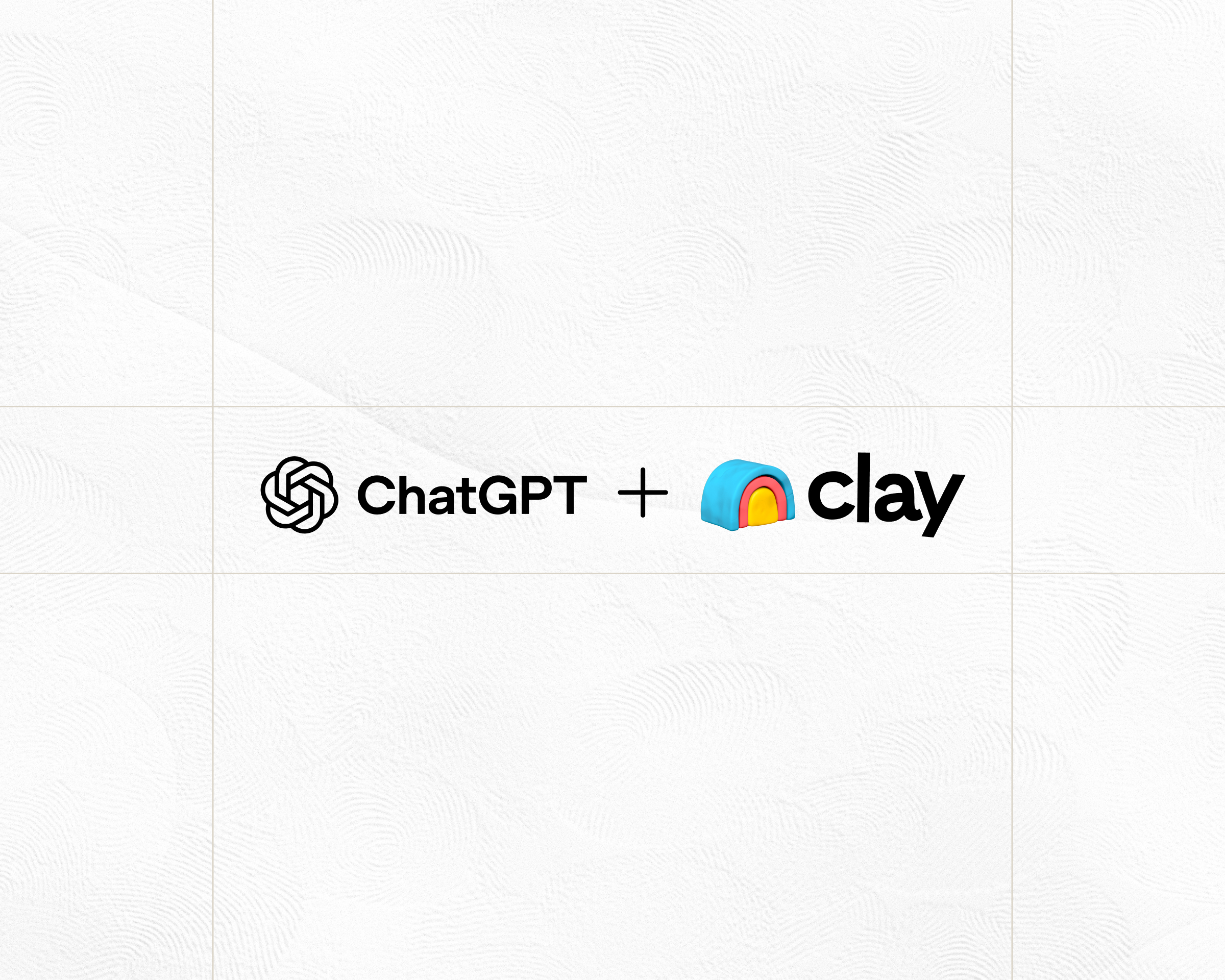
.jpg)
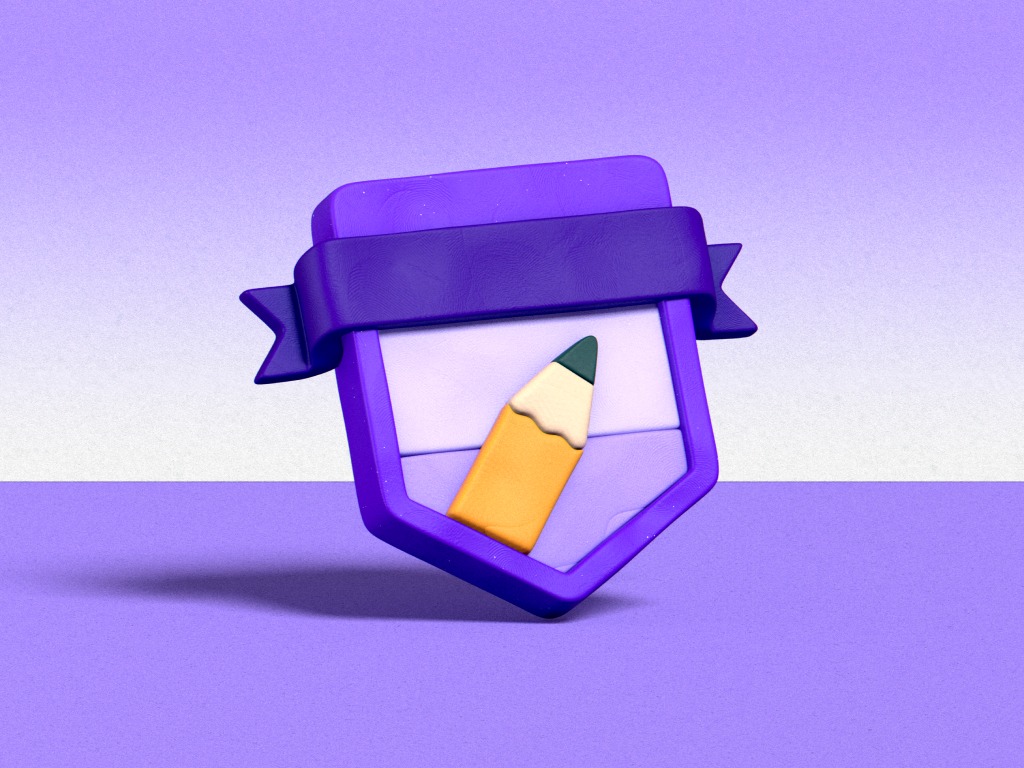



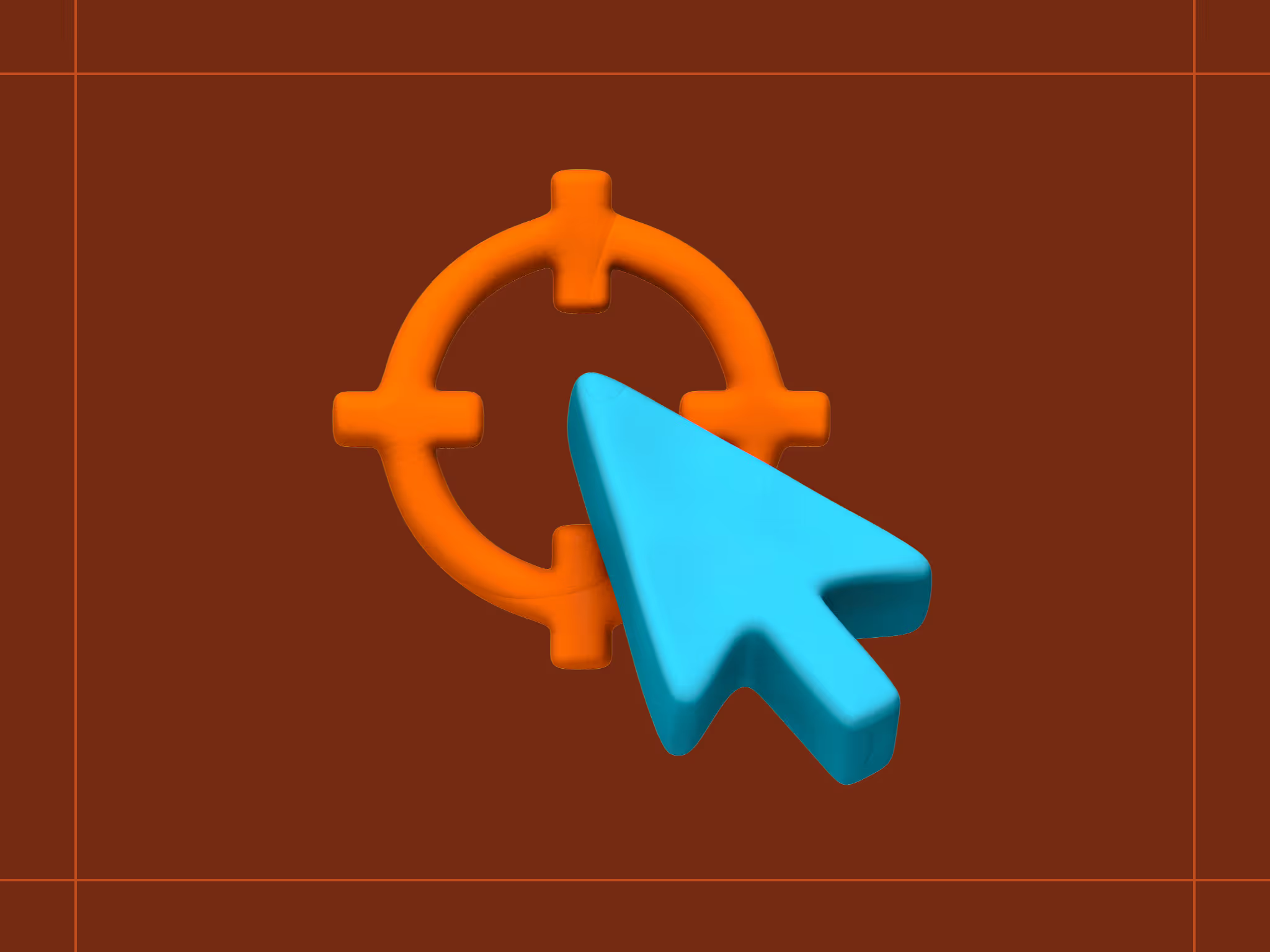
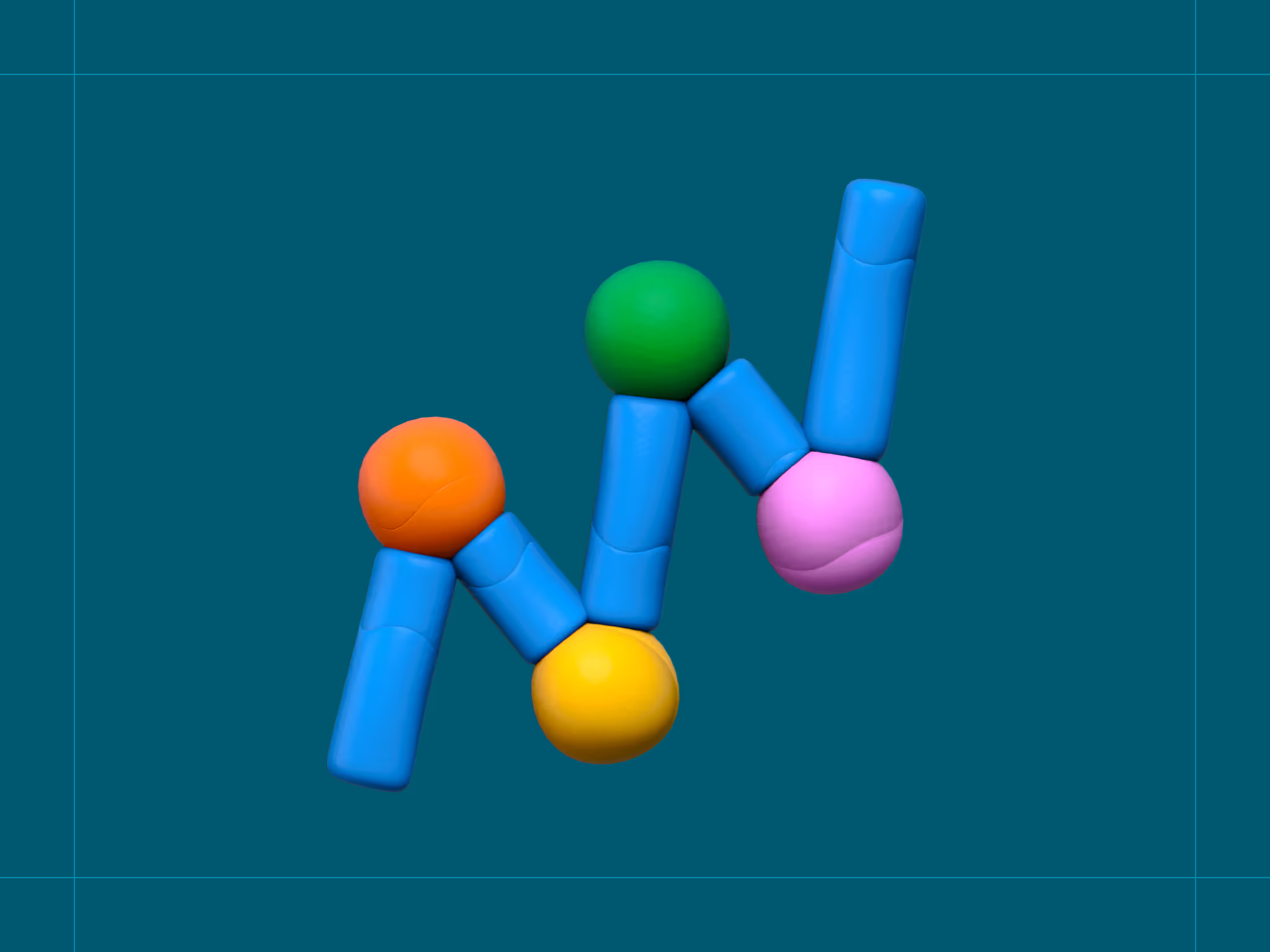
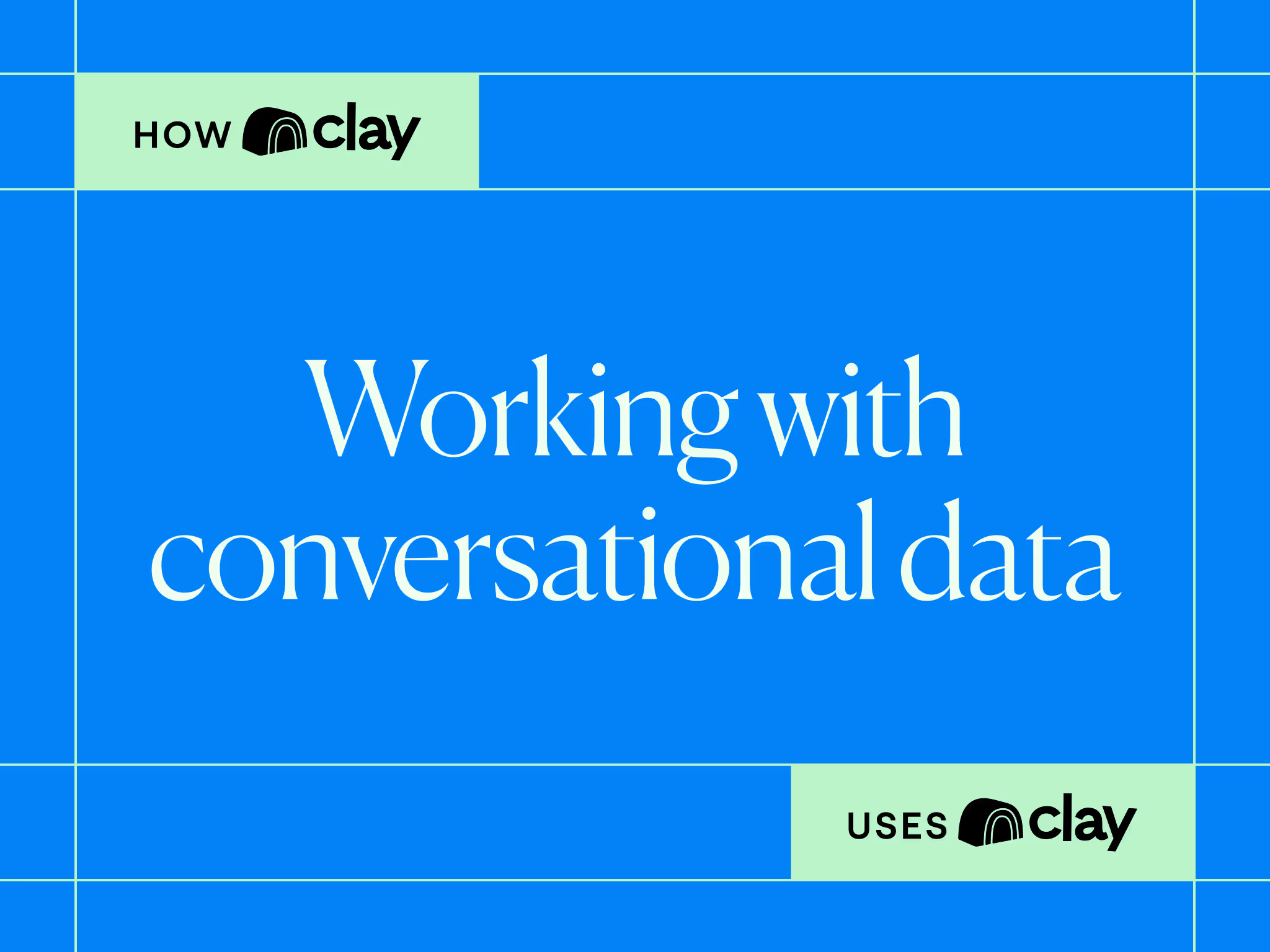
.avif)
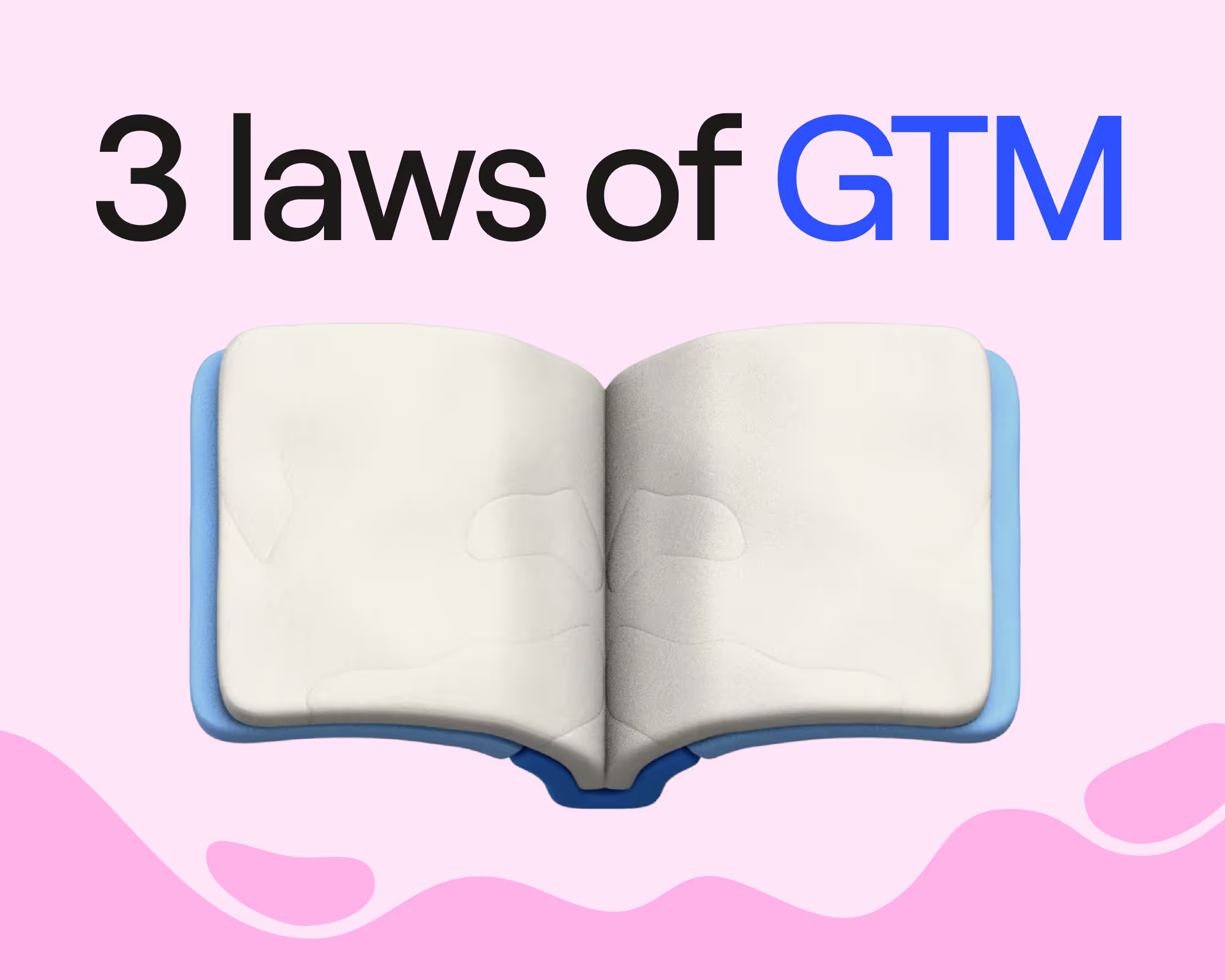
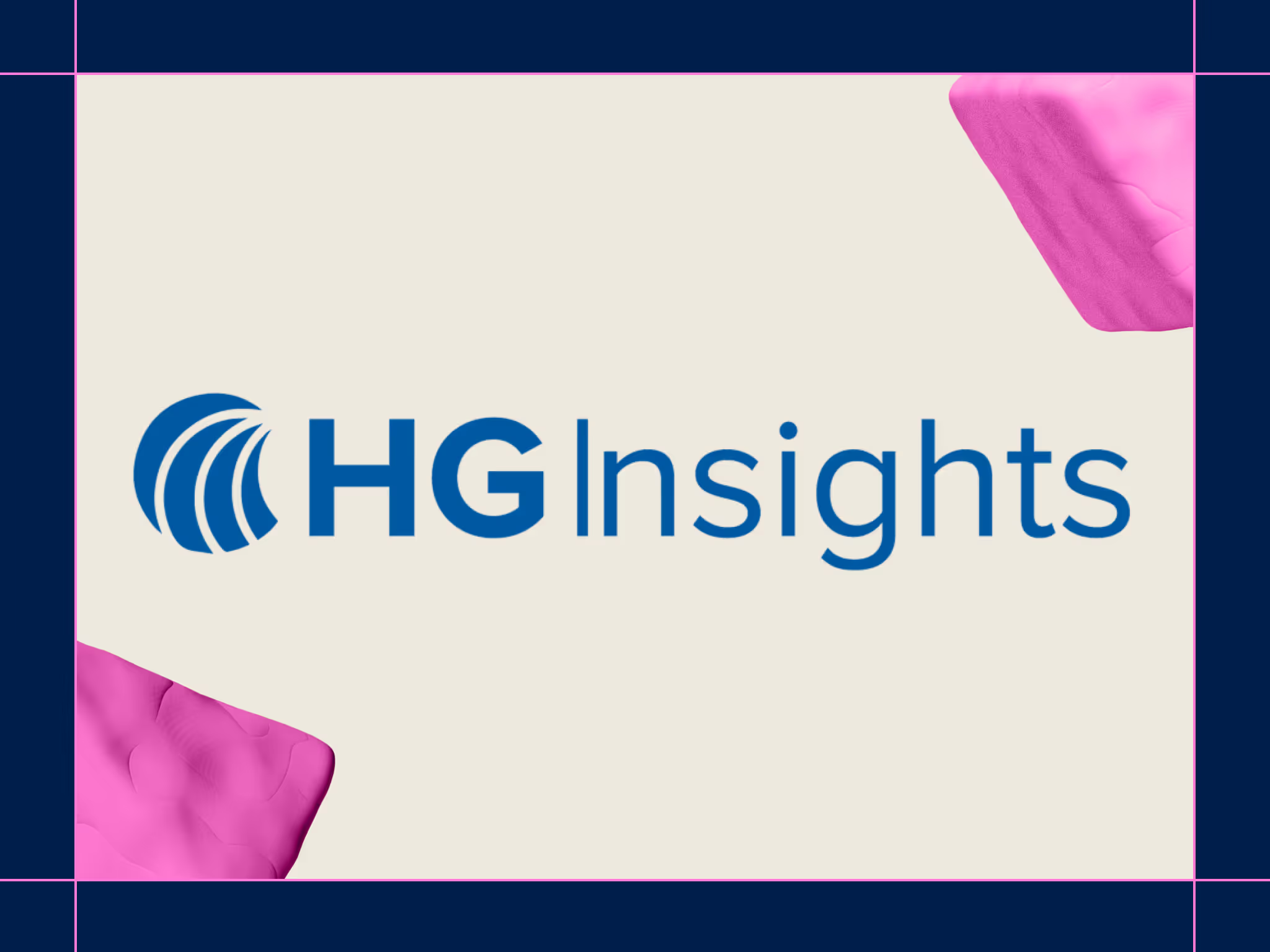
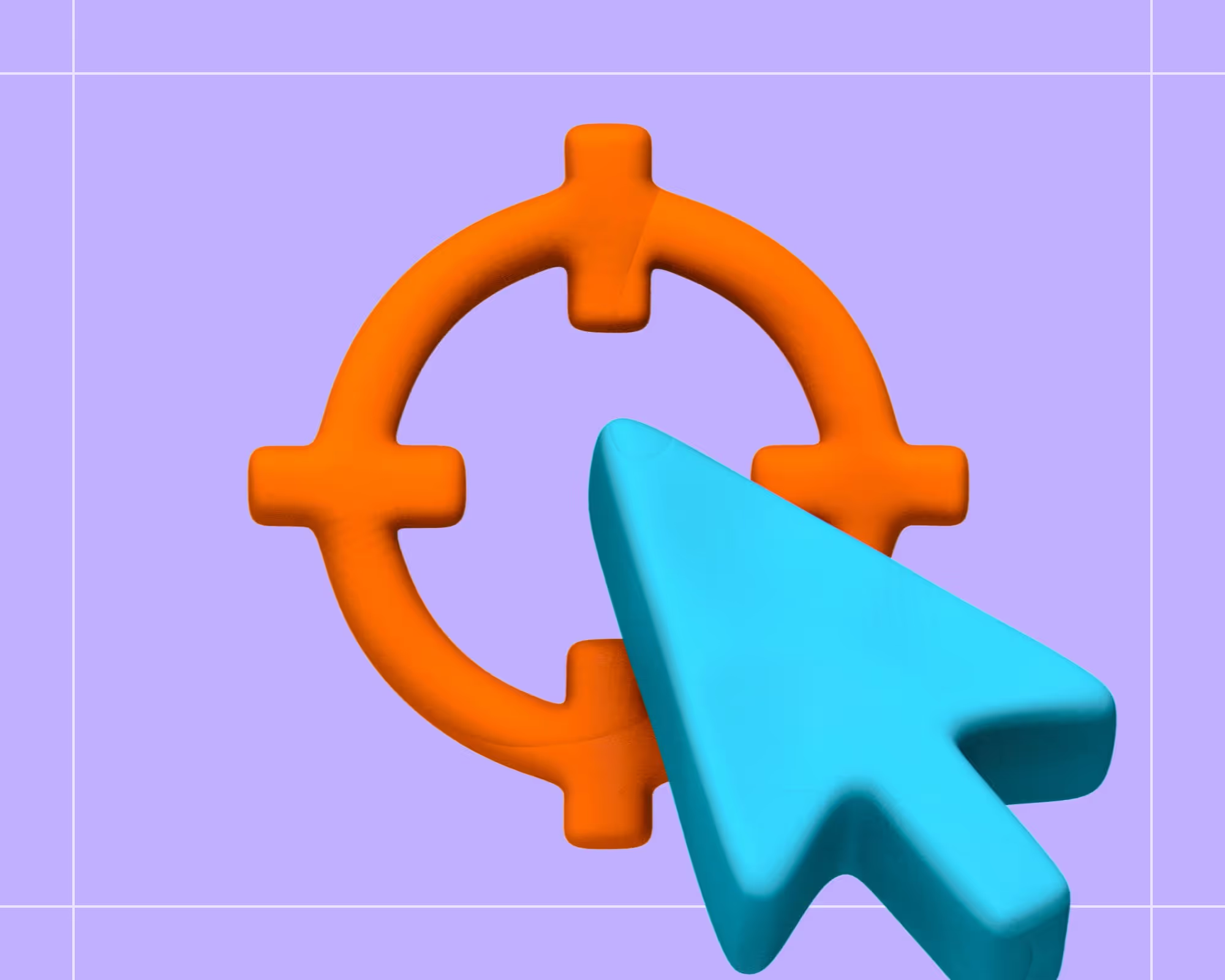


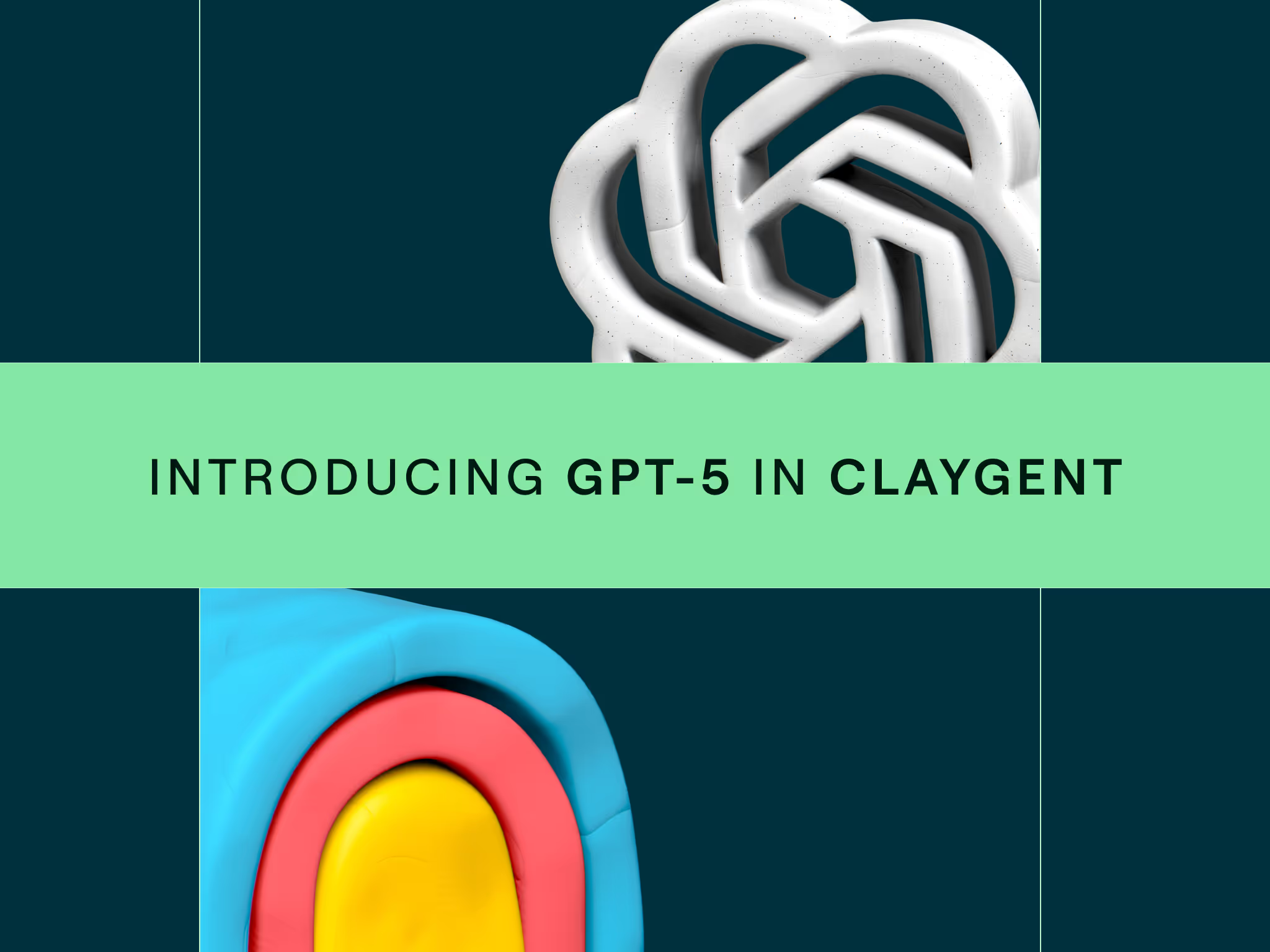





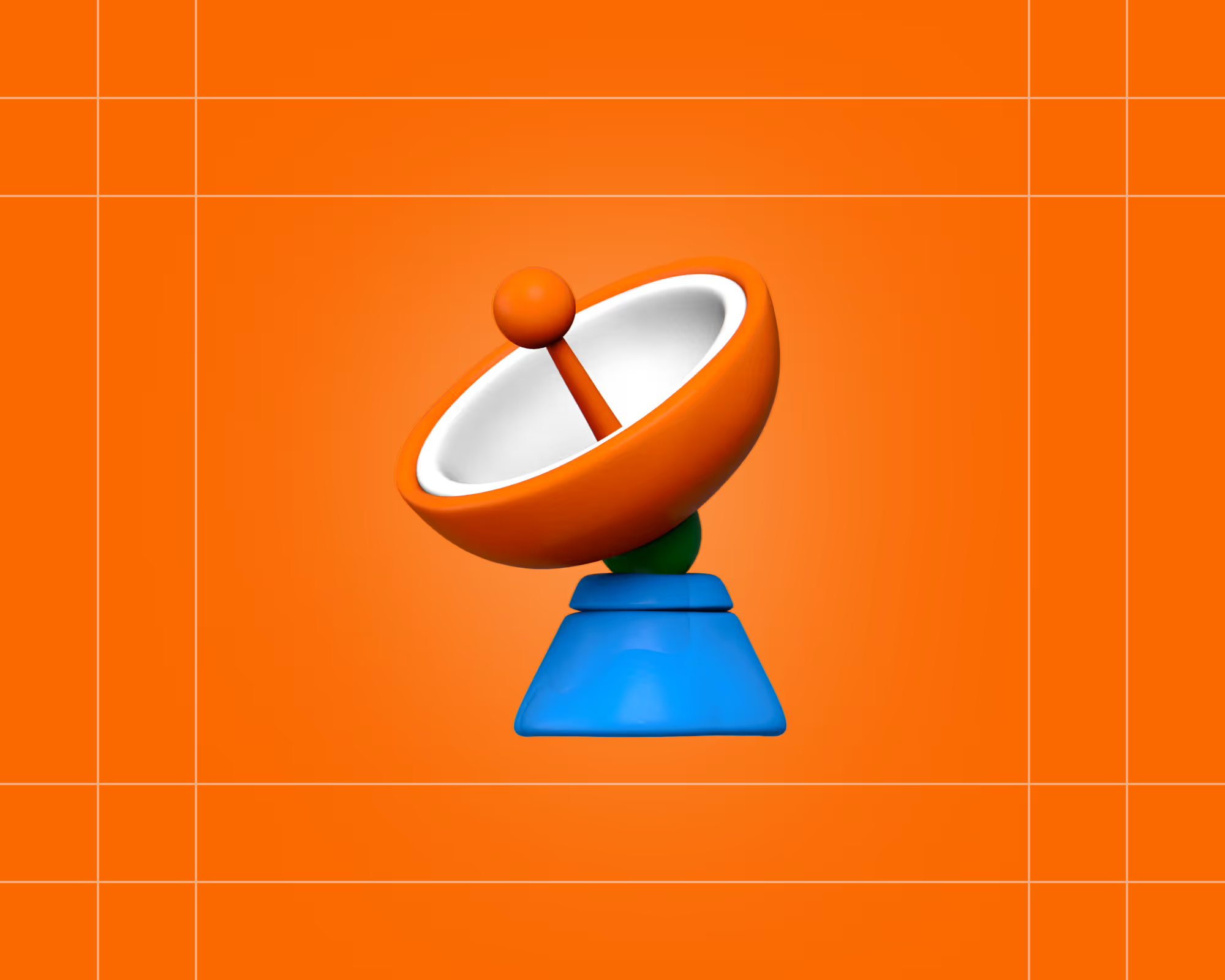

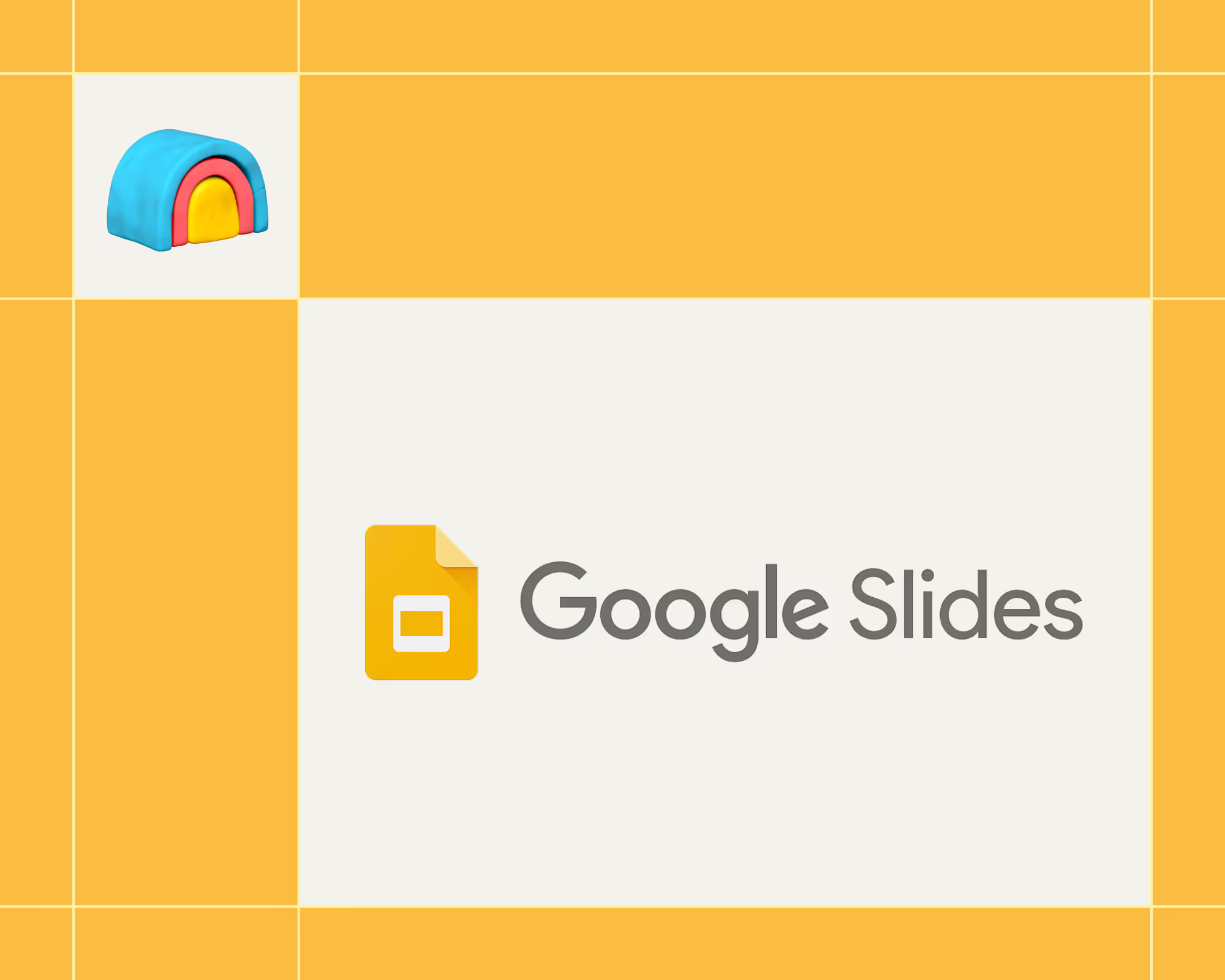
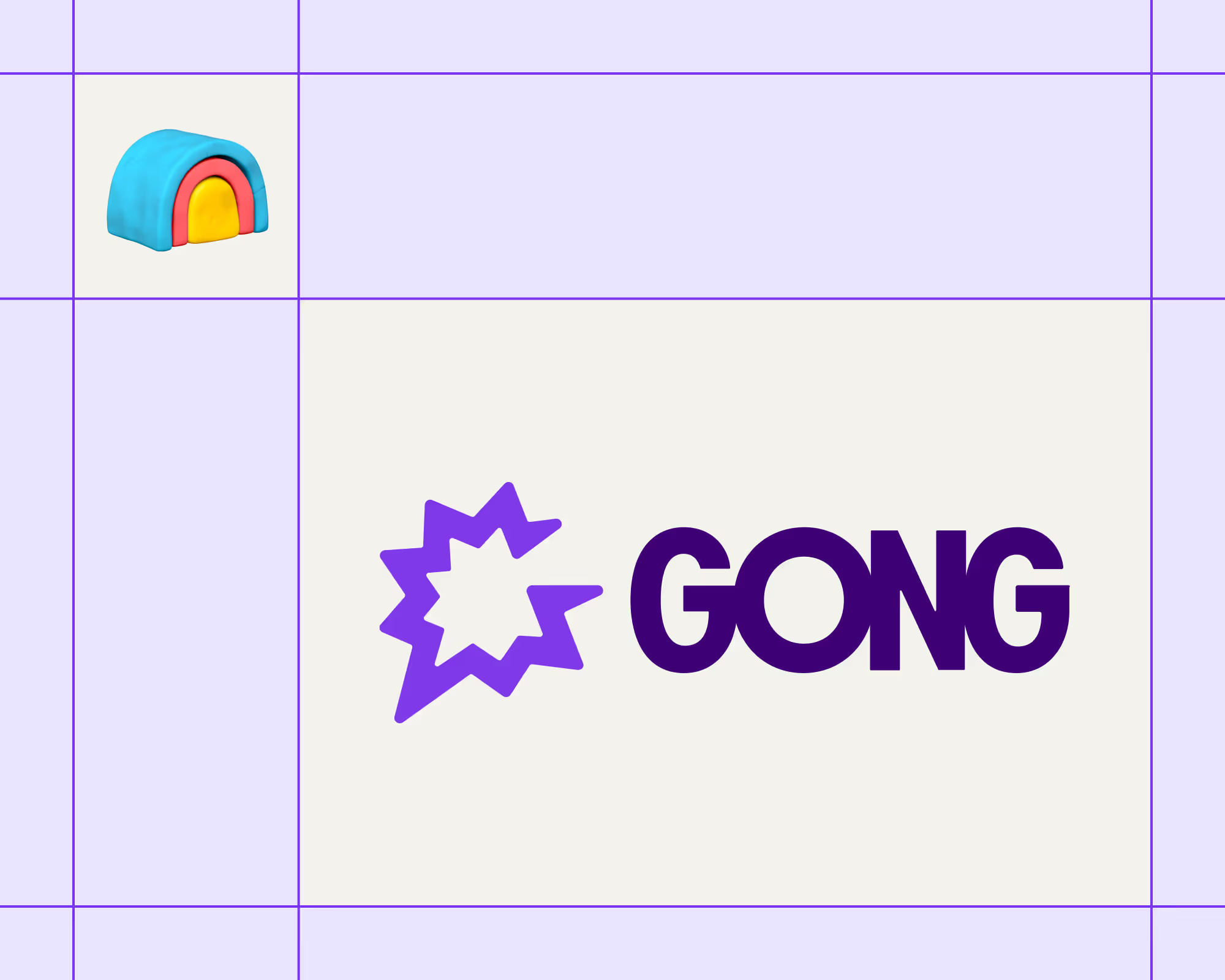
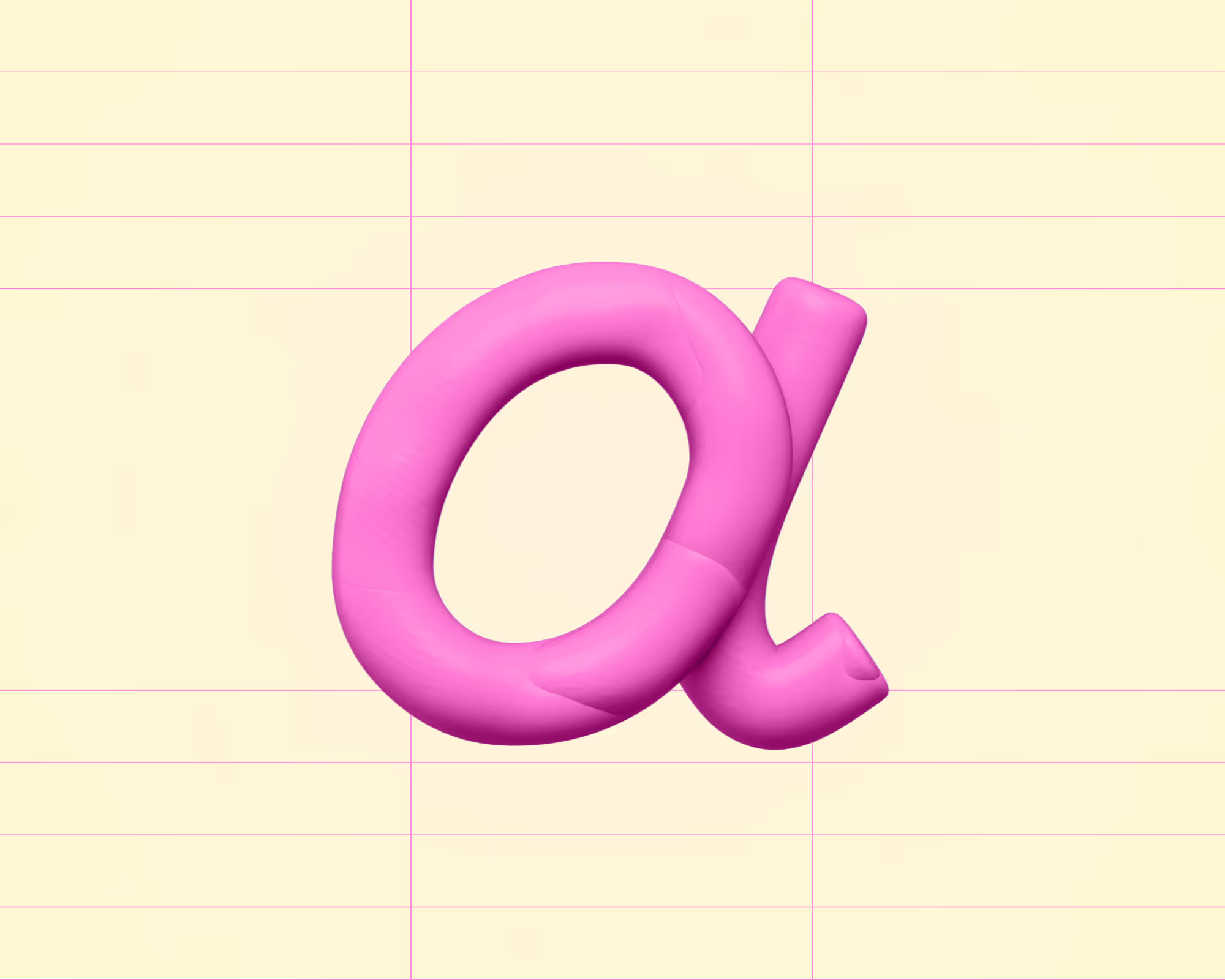
.avif)











.avif)
.avif)






















































